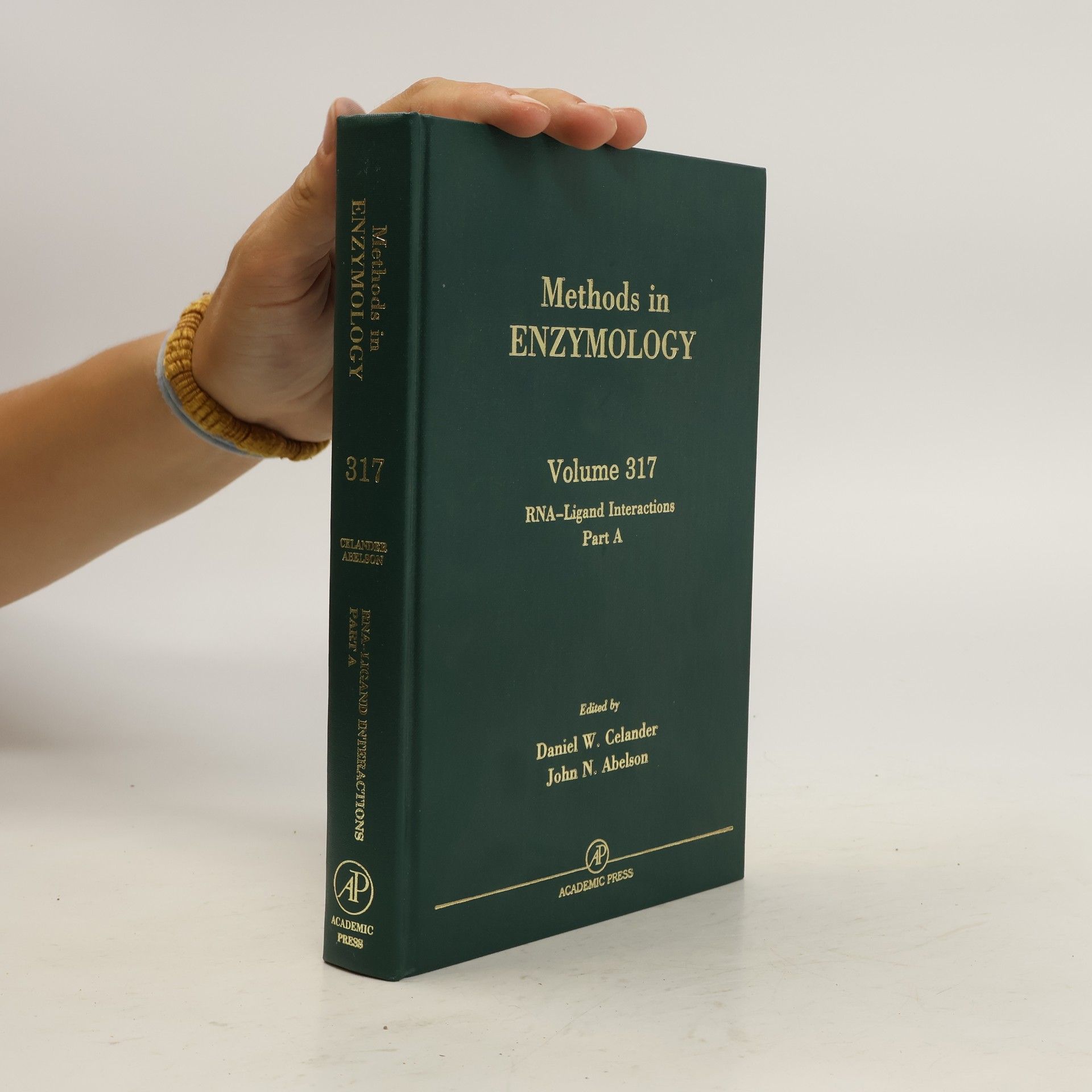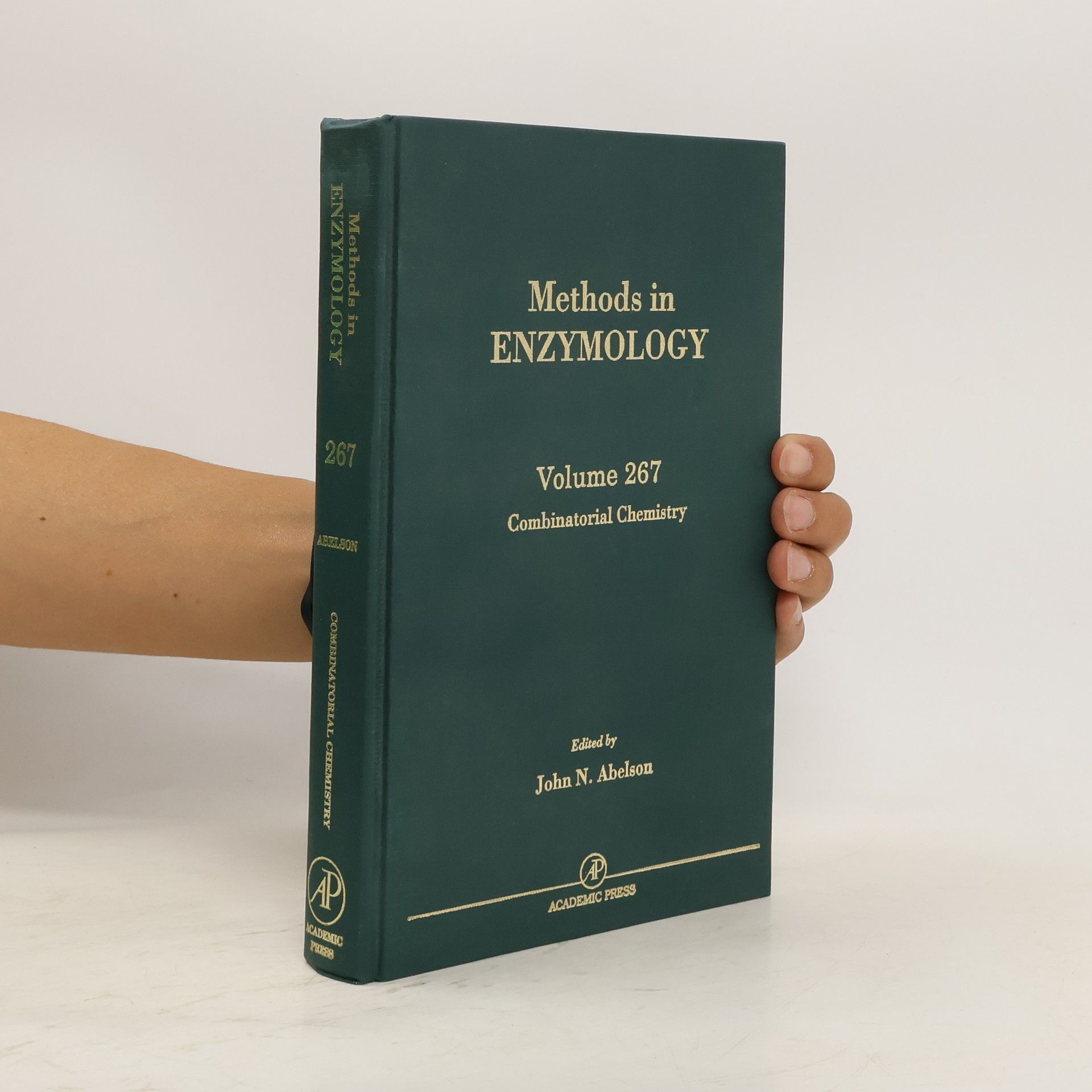Many methods have been developed or adapted for the study of RNA processing, which plays a key role in the expression of genetic information. Volumes 180 and 181 of Methods in Enzymology, RNA Processing, Parts A and B, represent the first comprehensive collation of protocols used for the preparation of substrates, for the preparation of extracts and enzymes, and for the analysis of products in RNA processing. At least half of the chapters present techniques that are directly applicable to other areas of nucleic acid biochemistry and cell biology.
John N Abelson Boeken




Methods in enzymology. vol. 267, Combinatorial chemistry
- 493bladzijden
- 18 uur lezen
The critically acclaimed laboratory standard for more than forty years, Methods in Enzymology is one of the most highly respected publications in the field of biochemistry. Since 1955, each volume has been eagerly awaited, frequently consulted, and praised by researchers and reviewers alike. More than 260 volumes have been published (all of them still in print) and much of the material is relevant even today--truly an essential publication for researchers in all fields of life sciences. Key Features * Phage display libraries * Repression fusion proteins * Polysome libraries * Peptide libraries * Nucleic acid libraries * Other small molecule libraries
Methods in Enzymology Volume 317
- 549bladzijden
- 20 uur lezen
RNA-Ligand Interactions, Part A focuses on structural biology methods. Major topics covered include semisynthetic methodologies (RNA synthetic methods and derivatization of RNA); RNA structure determination (X-ray crystallography, NMR, EM); techniques for monitoring RNA conformation and dynamics (solution methods and electrophoretic and spectroscopic methods); and modeling tertiary structure: Part B, its companion Volume 318 of Methods in Enzymology, focuses on molecular biology methods.The critically acclaimed laboratory standard for more than forty years, Methods in Enzymology is one of the most highly respected publications in the field of biochemistry. Since 1955, each volume has been eagerly awaited, frequently consulted, and praised by researchers and reviewers alike. Now with more than 300 volumes (all of them still in print), the Series contains much material still relevant today--truly an essential publication for researchers in all fields of life sciences.
The critically acclaimed laboratory standard, Methods in Enzymology, is one of the most highly respected publications in the field of biochemistry. Since 1955, each volume has been eagerly awaited, frequently consulted, and praised by researchers and reviewers alike. The series contains much material still relevant today - truly an essential publication for researchers in all fields of life sciences.